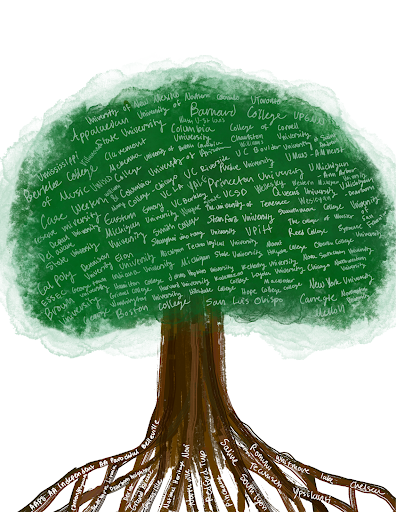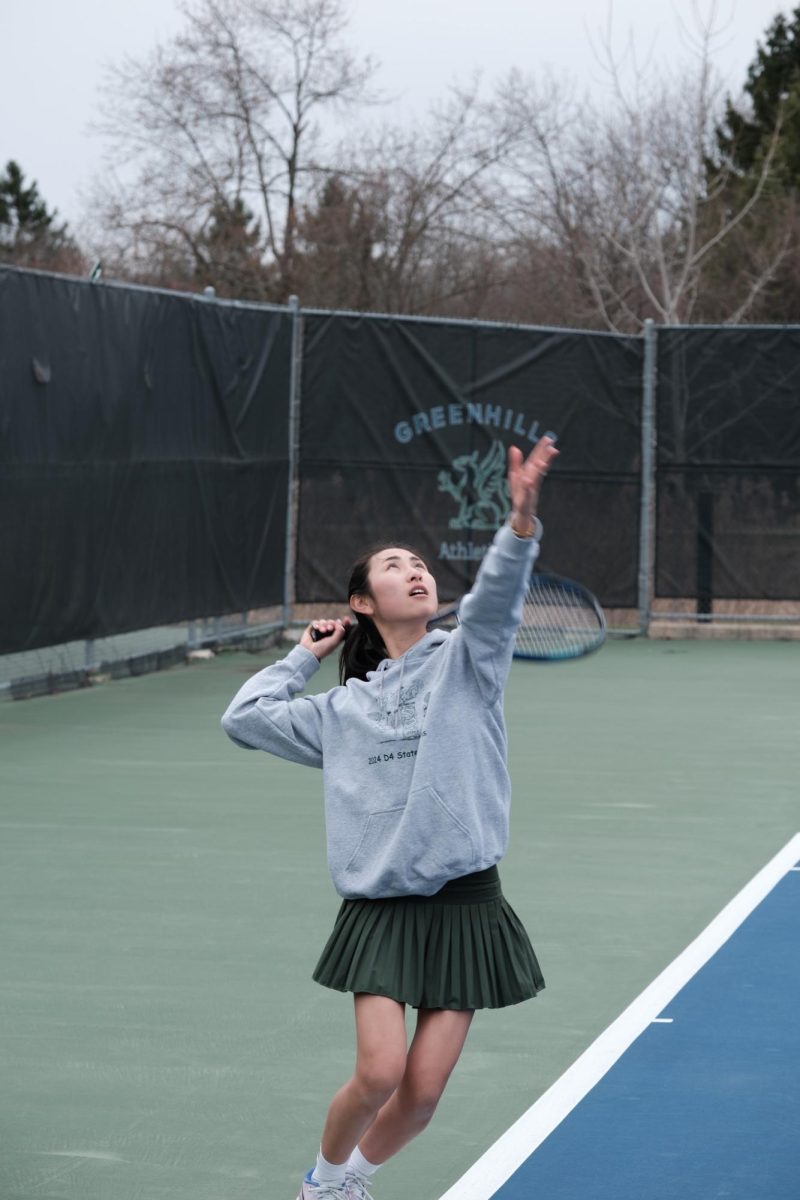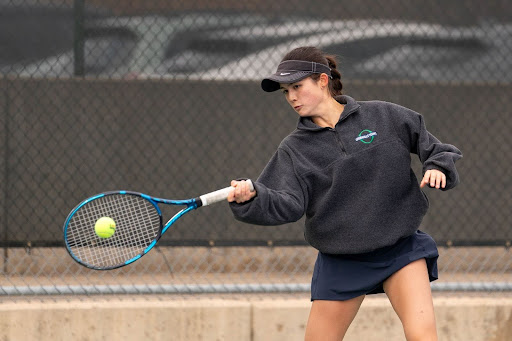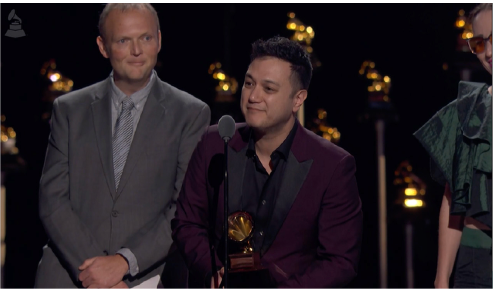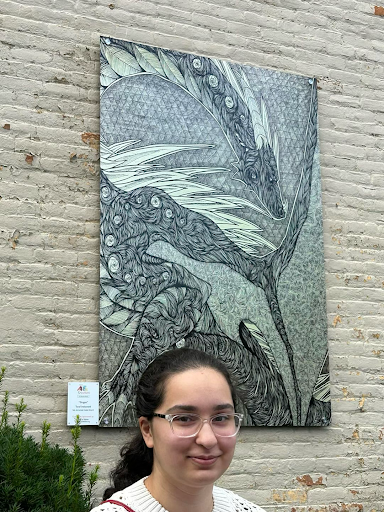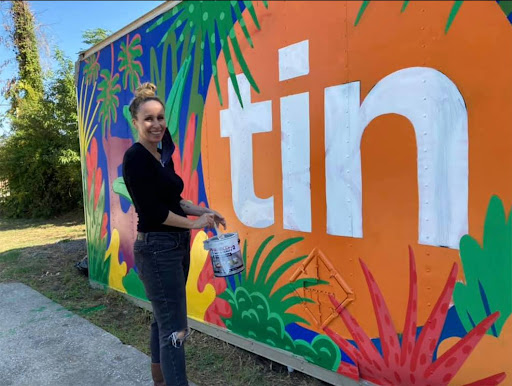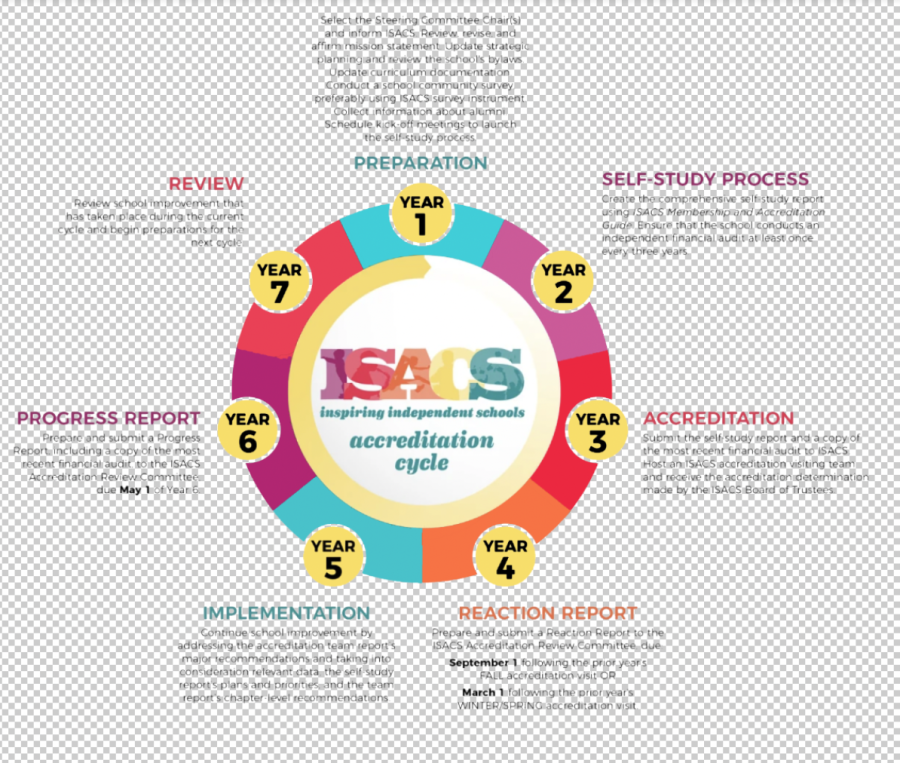ISACS accreditation:
School begins self study
December 13, 2022
Common belief is that Greenhills is a private school, however, the proper classification for this institution would be as independent. The difference between a private and independent school is that a private school is not bound to be held accountable whereas independent schools must receive some type of accreditation. As an independent school, Greenhills goes through a process to prove that the school is implementing its mission in all aspects: academics, sports, art, student life, facilities, and more.
“We get accredited through the Independent Schools Association of the Central States organization,” said Bridget Maldonado, middle school dean of students and ISACS committee chair. “This accreditation is important because it shows that we at Greenhills care about constantly improving and doing the best we can,” said Maldonado.
The accreditation is not the only important thing to help the school grow.
“Any school that wants to be known as an independent school must go through the ISACS accreditation process,” said Maldanado. “Getting accredited through the ISACS board also shows colleges that all our applicants come from a good place, and helps to show the standard they were held to as students at Greenhills,” said Maldonado.
ISACS accreditation is a constant seven-year cycle. According to ISACS, the cycle is as follows: the first year consists of preparation, where any institution seeking accreditation will put together their committee chairs, conduct school community surveys, plan for the following years, as well as go through the schools bylaws to make sure they reflect what ISACS believes in. Year two consists of the self-study process, where the school will conduct various student, faculty, and even alumni surveys and put together the various reports for the different departments and opportunities the school has to offer.
“We are currently in year two of the accreditation cycle,” said Maldonado.
Year three consists of accreditation. The school will submit their self studies and then welcome the ISACS accreditation team into the community for a three-day visit (72 hours. ) In this time, the ISACS team will be visiting classes, talking to faculty, administration, and students; with the main goal is to verify the self evaluations submitted, and if the school is actually implementing what it says it is.
“The ISACS team will be hard at work writing and reviewing feedback for our school and at the end of the 72 hours when they leave, we will be given a review report, with their feedback,” said Maldonado
After year three is when the school will be given its accreditation.
“The school’s reaccredited after year three because at this point it will have shown that it can honestly reflect upon itself and is committed to growth and improvement,” said Maldonado. “Oftentimes the feedback we receive shouldn’t come as a surprise as usually what the ISACS team suggests is what we already planned on implementing in our self study,” Maldonado said.
Year four consists of the reaction report, which entails how the school responded to the ISACS team’s feedback, and how they plan to implement any suggestions. Year five consists of implementation, time for the school to put into action what they once lacked from the reaction report. Year six is when the school will write their progress report on ways they’ve implemented the suggestions and grow as an institution. Year seven is when ISACS will review the school improvement in the seven-year cycle. The year after, the cycle immediately starts again – promoting constant growth and improvement of an educational institution.
It isn’t just certain people who have a say in the ISACS report. The whole school community is involved.
“The survey we sent out to all students is so that they get a say on where the school goes,” said Maldonado.
There are also two aspects to the reflection.
“I’m more in charge of the student aspects, whereas Mr. Fayroian is more generally involved with both the school governance, and financial aspects of the school,” said Maldonado
The head of school serves as a coordinator for the whole process.
“I’ll work closely with the visiting team leader as well as with the board and generally oversee the whole process,” said head of school Peter Fayroian.
Students can see the value of the accreditation process as well.
“It’s great to see that we get a say through surveys, and that the school seeks this accreditation because not only does it make the school a better place, but it also does the students justice in the sense that when we apply to colleges, they’ll know exactly how great the education and community at Greenhills is,” said Meezan Hamzavi ‘23



